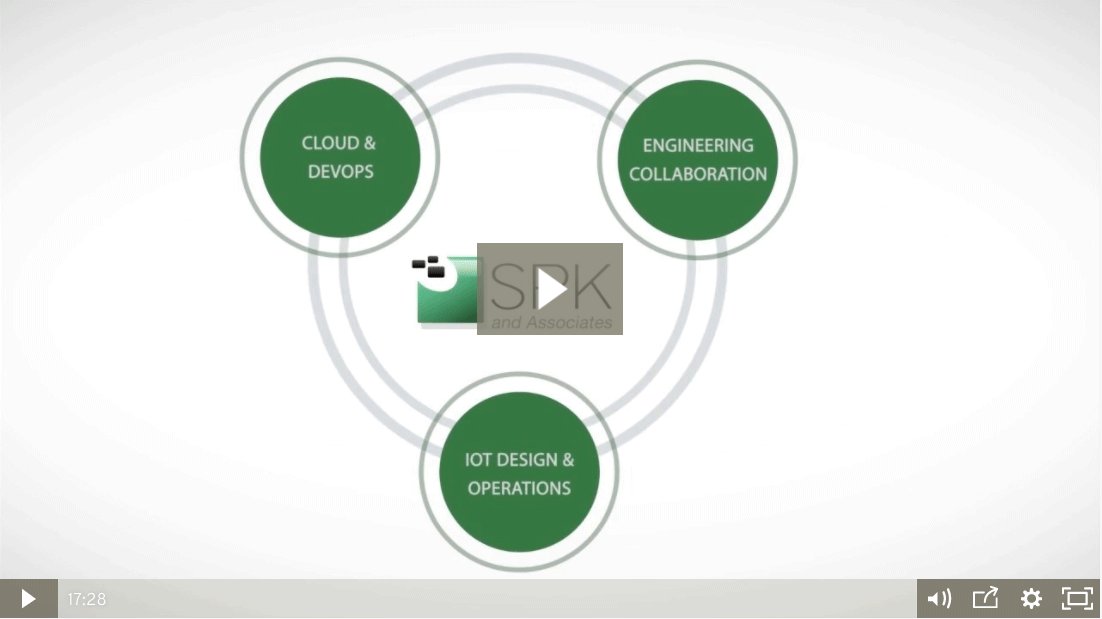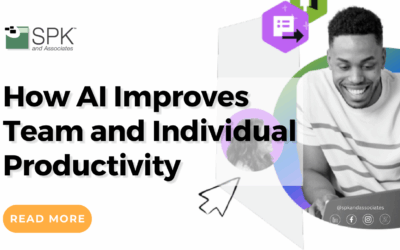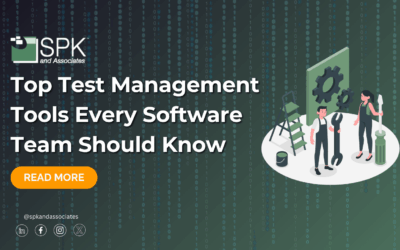In the second episode of our podcast series “Can IoT Jump These Five Hurdles?”, we transition from a broad introduction of these five hurdles to a deeper dive into each challenge facing the Internet of Things. Let’s begin with the smart device itself and it’s digital and analog sensor interface. To see all published episodes, scroll down this IoT category page.
Transcript:
Benjamin: Hi. My name’s Benjamin Hunting. I’m speaking today with Rajiv Mistry, Chief Strategy Officer for SPK and Associates. We’re doing a deeper dive into the challenges and hurdles facing the Internet of Things. Specifically today, we’re going to be talking about the challenges facing digital and analog sensor interfaces, having smart devices out in the world, the actual things in the Internet of Things, and how those challenges can be overcome. Rajiv, I would say my first question is what exactly is a smart device?
Rajiv: Ben, a smart device is different from a traditional device in the sense that it can actually talk back. In a nutshell, a smart device has sensors that are going to sense data. It has the requirement for a small footprint, long battery life, rapid recharge-ability, and the ability to send data that it’s measuring back to the Internet of Things platform that it’s running against.
Benjamin: What is the state of the art exactly right now when we’re talking about these smart devices? I hear a lot about miniaturization and the strides that are being made there. A term I hear a lot is “system on a chip” where essentially, many of the functions that you just mentioned are all being done at the chip level. Is that where the industry is at now, or is that something we’re still striving to get to?
Rajiv: Well, it’s rapidly evolving, Ben. When you start looking at the disparity between analog sensor sizes and their power requirements versus digital circuits and their miniaturization that has occurred following Moore’s Law, we’re approaching limits on the digital circuit size and scale because we’re looking at circuit placement at 10, 14 nanometers already. You can only go so far before you hit the size of an atom. On the analog side, there’s a lot more that can be done. The state of the art right now is to be able to create system on a chip architectures that can actually approach digital circuit size and scale on the analog side.
Some of the work being done along these lines is very recent. In fact, there’s a dissertation that I came across that got finished just last December in 2015. It was done by a researcher named Dr. Susan Schober who has formed a company named Circuit Seed. The whole tenet based on this research is to be able to build analog circuits on something called CiFET. This technology, I think, is very promising. I’m not an expert on it, but I think that the ability to miniaturize analog capabilities at a size and scale matching digital circuits that are doing standard digital processing of signals will mean that we’ll be able to come up with devices that have a small form factor, that have low power requirements, and with battery design that is evolving in terms of shrinking form factors and higher power density and rapid rechargeability.
Just yesterday I read something about a battery that’s going to last 10 times longer. You may have cell phones that last three weeks on a single charge within the next three to five years. When you match these kinds of capabilities, I think we will approach a state of the art that is able to meet very small form factors that are extremely functional, very long lasting on a single charge, and able to communicate all the data back to the platform.
One of the first things or hurdles that comes to mind is the device itself. When you’re using a device in the field and you’re going to be putting it out there, what are the factors that it must overcome in terms of being able to continuously monitor? The device has a few criteria. It has to have a long battery life if it’s going to work in a detached mode. It has to have the ability to communicate the data that it is amassing whether it’s the device performance metrics to be able to gauge how well the device is performing or if there is drift from the calibration of the device, and then whatever the sensors on the device are measuring.
When you look at sensors, the sensors are typically analog sensors. They will sense a typical physical reading such as temperature, humidity or galvanic skin response, etc. When you look at sensors that sense analog signals, the device has to have something that converts the analog signal into a digital format that is now bits and bytes that can be transmitted back to the IOT system in the Cloud where it can be processed, analyzed, and acted upon.
Benjamin: And that’s a major challenge when you’re talking about moving from analog to digital at such a small scale.
Rajiv: Yes. If you look at the digital system design process, it has followed Moore’s law for a long time. Of course, now we are facing limitations because we are approaching 10, 14 nanometer scale in terms of chips and distance between components. When you look at analog sensors, they are nowhere near that scale. They are massive in terms of orders of magnitude compared to digital circuits. A device that is going to have sensors that are analog that talk to digital chips that are going to convert the analog signal into a digital signal and then transmit has a big design hurdle in what I call the impedance mismatch between the analog signal sensor and the chip that’s digitizing everything. You have to look at design aspects of miniaturization of the analog sensors that can sit very well and come as close to scale as possible to the digital scale of the chip sets that are processing.
Benjamin: Rajiv, I want to say thank you again for taking the time to speak with us today about the Internet of Things and specifically the challenges that the Internet of Things is facing as it continues to evolve and investment continues to pour in and create this new frontier.
Rajiv: Well, thank you so much, Ben. I really enjoyed talking to you about this. I also want to request the audience to please fill out the survey that will be posted as a link at the end of this podcast.







